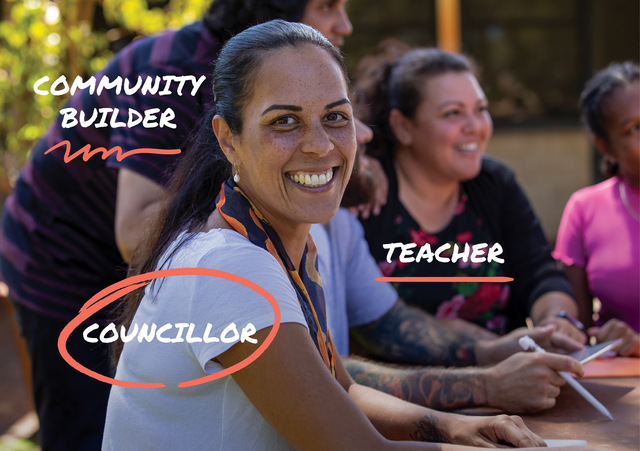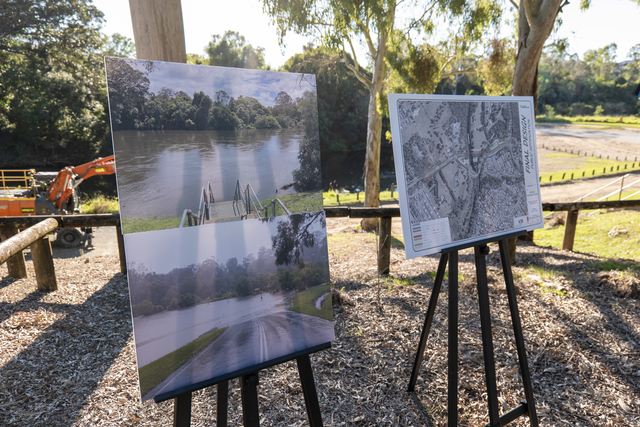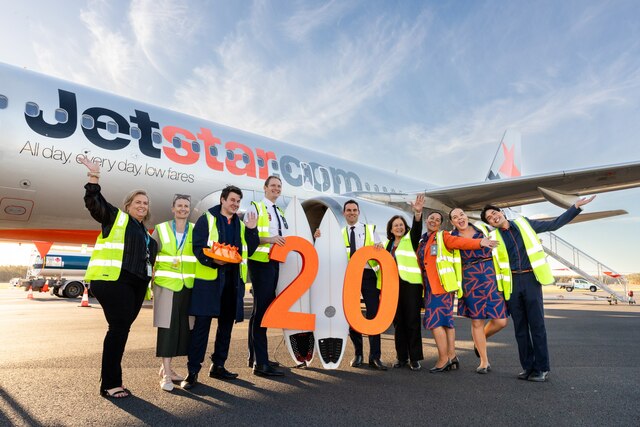by Bruce Rowse*
A study by IBM published in Forbes magazine in July 2009 says that while many companies want to reduce their carbon footprint, many do not have the measurement systems in place.
The study says that “Companies aren’t collecting and analysing the information they really need or aggregating it often enough. Because of that, they can’t implement real changes to fundamentally increase efficiency, lower costs, reduce environmental impact and improve their reputations with key stakeholders.
“In our survey, only 19 per cent of respondents said they are collecting data on carbon dioxide emissions weekly or more often. Most are collecting it only quarterly. That may be enough to meet government or stakeholder demands for information, but it’s not nearly enough to produce systemic change that can reduce environmental impact.”
The Forbes article finishes with the following comment: “The bright spot in these findings comes from companies that outperform their competitors in bottom line results. Outperformers rank consistently higher in collecting every type of CSR (Corporate Social Responsibility) information frequently or in real time across all major green and sustainability categories…”
One Local Government that has started tracking its energy use real time at its Civic Centre is Moreland City Council in Melbourne’s northern suburbs. Moreland has set up real time monitoring of electricity, gas and water supply to the site.
It’s also submetering the output of solar power systems mounted on the building, and tracking usage on a range of individual circuits, such as air conditioning and its server room. The system was provided by CarbonetiX.
“Since we installed the real time system we have been able to better understand the major energy, gas and water users at council,” said Laura Donnellan, Council’s Climate Change Program Coordinator.
“We were surprised to see how much particular plants and equipment use, in particular HVAC (heating, ventilation and air conditioning).
“The system allows us to see where existing systems and their controls are not performing as they should. As a result we have been able to adjust some of the heating and cooling and troubleshoot other timers so we have already made energy and gas savings with no financial outlay.
“We have also been able to build projects into next year’s budget that target the greatest consumption areas. We can now give managers and staff real data and discuss projects based on real data as opposed to guessing what we need to do.”
Laura Donnellan said that installing the system required cross council involvement.
“People from property services, building maintenance, events management, asset management, IT and ESD all came together for this,” she said.
“It has since been of great interest to each area to see the usage and relate it back to council services and operation.
“Installation involved a temporary shutdown and helped us to understand which meter serviced different equipment and plant.
“This is an area I would recommend councils understand before starting the process. Having an understanding of internal metering and switchboards is important so you can decide what you want to measure.”
*Bruce Rowse, energy efficiency engineer, is director of CarbonetiX, an engineering consultancy specialising in carbon reduction. Contact Bruce on 0438 878 311 or post a comment on his blog at www.carbonetix.com.au/blog







